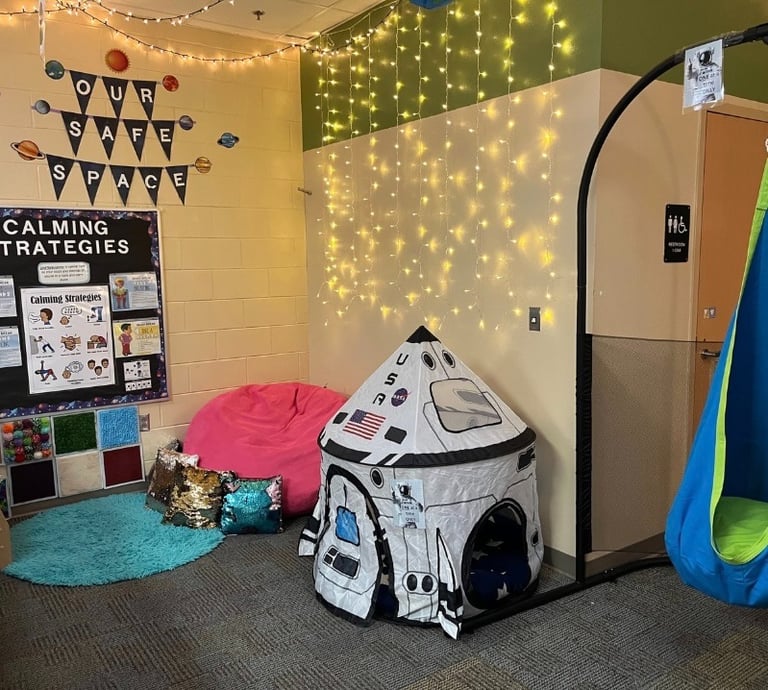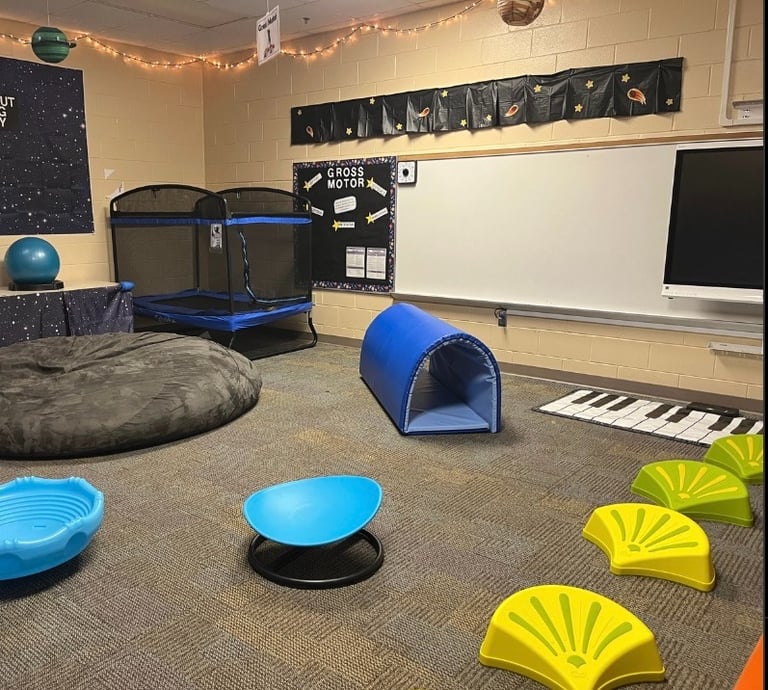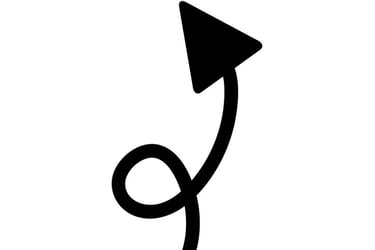The Cultures in Classrooms Project
The Cultures in Classrooms Project seeks to document and share the lived experiences of students, families, and educators whose stories reveal how culture, identity, and learning differences shape the classroom. This project’s purpose is to create a record of these perspectives—both as a form of preservation and as a resource for fostering empathy and inclusion in schools.


Stone Lakes Elementary S.P.A.C.E. Sensory Room (Sensory Processing Activity Center for Enrichment)
The Mission
Oral Histories: Real Experiences, Real Voices
Central to this work are interviews that give space to authentic voices. These stories explore what it feels like to bring different cultural traditions into a classroom, to navigate school systems as a student with a disability, to teach in diverse communities, or to find belonging in environments that may not always understand difference. Oral history here is not about perfect narratives but about capturing reflections that reveal the richness of lived experience. Each conversation is a piece of social history that helps us understand education as more than textbooks and grades.
Who We Speak With
This project includes a wide range of participants: students with different cultural backgrounds, families navigating learning differences, teachers who have witnessed shifts in classroom culture, and advocates working toward equity in education. Each story is unique, but together they show how classrooms mirror larger questions about identity, belonging, and community.
Preserve Perspectives and Stories: Create a living archive of oral histories from students, families, and educators that reflect the diverse cultural and social realities of education. By carefully documenting these voices, we ensure that the experiences of those often left unheard—whether because of cultural background, language, or learning differences—are recognized and preserved for future generations.
Foster Understanding and Empathy: Use the collected interviews to deepen public awareness of how identity shapes classroom life. Teachers, peers, and communities can learn how cultural traditions, personal histories, and learning challenges influence education, encouraging more compassionate responses and reducing the stigma that many students face.
Celebrate Difference as Strength: Showcase the resilience and creativity of individuals whose paths through education look different from the norm. By highlighting cultural traditions, learning strategies, and personal insights, the project reframes difference not as a barrier but as a resource that strengthens schools and enriches community life.
Inspire Change in Education: Share these stories as a call to action for more inclusive classrooms. The project aims to inform curriculum design, encourage culturally responsive teaching practices, and spark new conversations around disability, culture, and equity in education. By amplifying these voices, we hope to influence how schools prepare not only students but entire communities to see diversity as central to learning.
Goals






